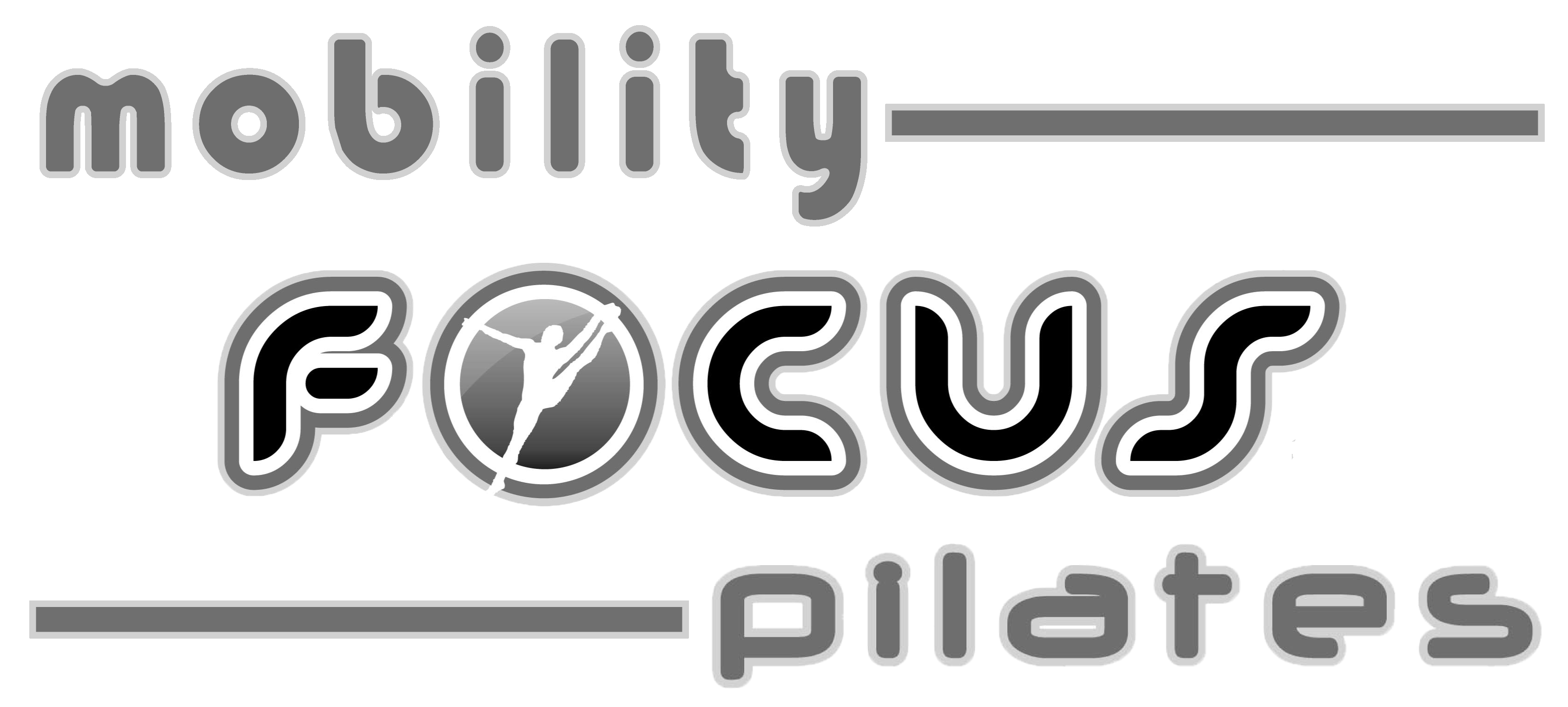Your Check Engine light
Imagine you're setting up at your favorite piece of gym equipment or Reformer, laying out plants for a morning of gardening, or you're just about to embark on an adventure with the kids or even sitting down for a full day of work.
You're halfway through that last set of reps, leaning down one last time to grab the hose or a kid, or finishing up on a deadline. And that's when you feel it. You feel it just enough so that you alter what you're doing but you don't stop. You finish up, briefly acknowledging something felt funky and call it a day.

You might even do something like this multiple times a day. Many days during the week.
And if you 've trained with me you already know that's your check engine light flashing, urging you to get some joint specific movement in. Because not only will choice movements give the relief, movement and stability these areas are sending signals out for. But it can possibly prevent a check light from turning into a day at the shop.
When things seem like they're running smoothly, it's easy to take our joints for granted.
On the other hand, once a problem becomes painful, the check engine light that was just a help signal, now feels more like an engine blowing smoke. And all you can think about is what is wrong, avoiding all things to prevent the problem getting worse and trying to get a quick fix. (but that's a whole other post).
Doing our joint rotations (Controlled Articular Rotations) or C.A.R.s daily, and definitely before our activities, can provide the regular maintenance and necessary movement and lubrication to keep all the parts in our engine able to do the jobs they need to. And there are ways to continuously inject these movements that take just minutes out of your day.
It's a lot easier -- and far less stressful -- to prevent a problem than it is to fix one. And we can do so, if we keep our check engine lights to minimum, listen and address them when they come up and as frequently as needed, and strengthen the ranges that we need, in the ranges we need them in.
This also includes moving and training ranges that are our outside of the norm or what is considered "safe." Movements and ranges that include rounded spines that lean over to lift potted plants and kids, ankles that may roll while hiking and chasing a ball, and knees that don't always line up with the hips and feet while hitting a ball.
So listen to your check engine lights and know you have a body trainable to sustain all that you want and need it to do.
>> Go here to learn and re-learn CARs for every joint now and whenever you need reminders (or use MY APP).


Comments